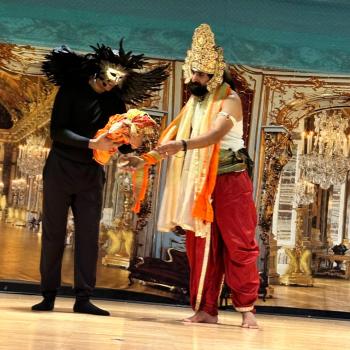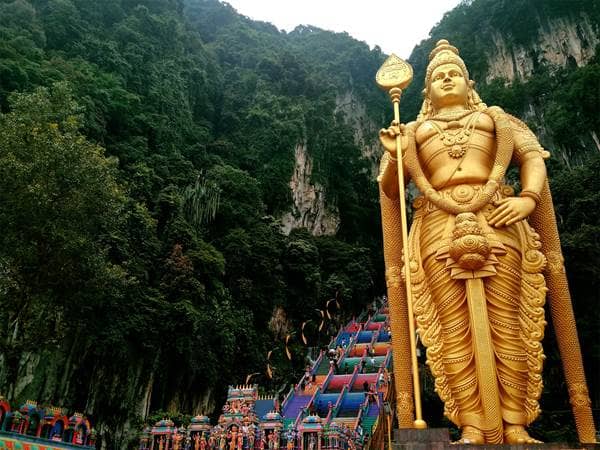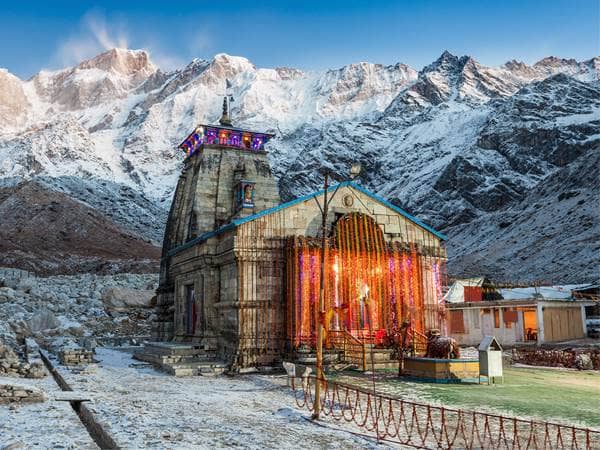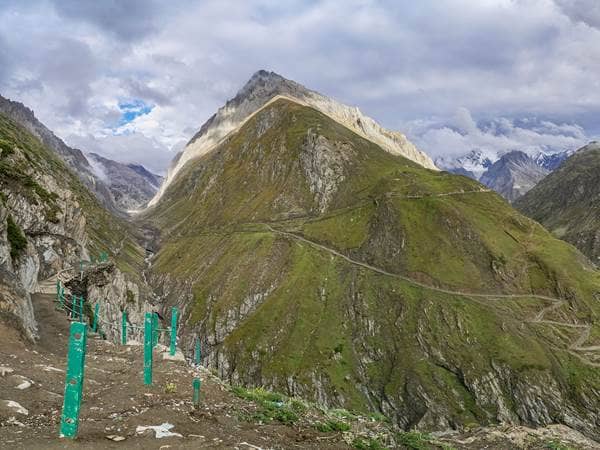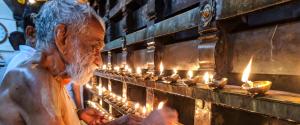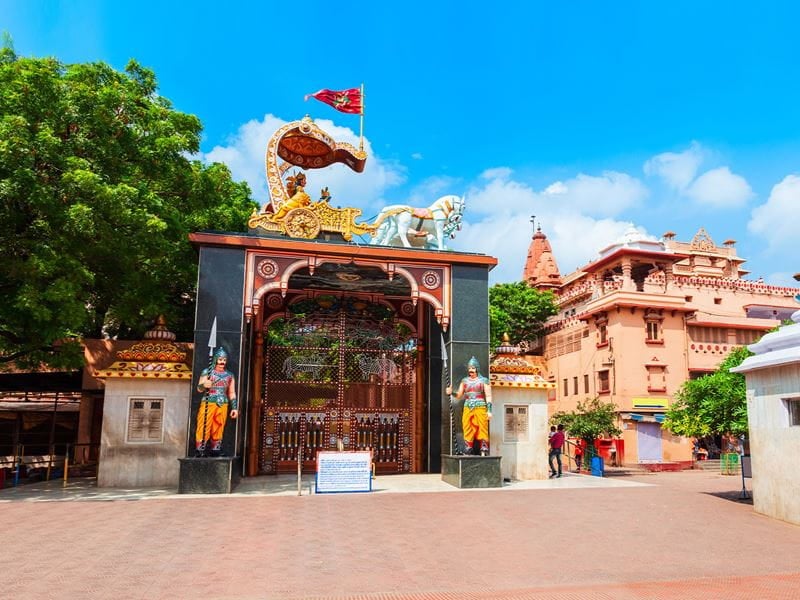
- Trending:
- Witchcraft
- |
- Peace
- |
- Israel
- |
- Faith and Mental Health
- |
- Forgiveness
- |
- Marriage

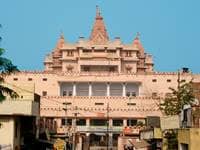
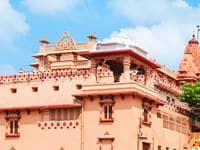
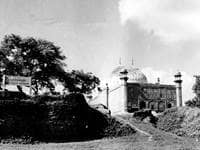
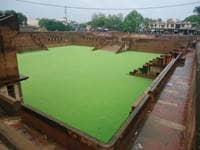
Also Known As:
Sri Krishna Janmasthan Temple Complex
Shri Krishna Janmabhoomi Temple
Keshava Deo
Keshava Dev Temple
Associated Faiths:
Hinduism
Accessibility:
Open to visitors, though cameras and cell phones are not allowed in the complex.
History
According to Hindu tradition, around 3,000 BCE, the god Vishnu was born (in Mathura, India) as a man named Krishna. At the time of his birth, Krishna’s parents (Vasudeva and Devaki) were imprisoned by Krishna’s wicked uncle, Kamsa. Thus, when the child was born—and his uncle sought to kill him—the baby was spirited across the Yamuna River to the Vrindavan or Gokula, the place of the “cowherd girls” (or gopis). It was there that he was raised by Nanda and Yashoda.
This popular tradition explains why the Sri Krishna Janmasthan Temple Complex was built. The shrines mark the site of the birth of Vishnu, incarnate as Lord Krishna. While the legend is said to date to a historical event in 3,000 BCE, the original temple—built just adjacent to the current sacred site—was probably constructed around the 6th century BEC. The temples originally erected at this location have been destroyed by various invaders. For example, around 1017 CE, Mahmud of Ghazi (founder of the Ghaznavid dynasty) raved about the beauty and remarkable nature of the temple complex, before ordering the buildings to be burned and destroyed. More recently (circa 1669 CE), Aurangzeb (the Mogul emperor) demolished them in order to build the Katra Masjid mosque, which stands today just adjacent to where the current complex of Hindu temples rest. Indeed, the mosque is thought to have been built on the spot that was originally deemed sacred by ancient Hindus.
Today, the site consists of three major shrines. The first is the Keshavdeva Temple, built 1957-1958, in honor of Jadiadevi Dalmia. The second is the Garbha Griha shrine, built over the site of the original temple’s assembly hall, and possibly upon the site of the prison cell in which Krishna’s parents were incarcerated. The third is a consortium of five shrines, traditionally collectively called “Bhagavata Bhavan.” These five modern structures were constructed between 1965 and 1982.
This grouping of shrines is among the most visited in India. Holidays, such as Diwali, Holi, Krishna Janmashtami (the birthday of Krishna), and Radhashtami, see an influx of a significant number of pilgrims to these shrines, worshiping and celebrating those various important holidays. In spite of the fact that the structures on this site all date to the modern era, the perception of the site as holy dates back several millennia—and pilgrims have been flocking here for more than 2,500 years. Perhaps much longer than that.
Religious Significance
The Sri Krishna Janmasthan Temple Complex is an important place of pilgrimage for Hindus because it is believed to be the birthplace of Krishna, who was the 8th avatar or incarnation of the Hindu god, Vishnu—one of the three most revered deities in the massive Hindu pantheon. Christians might relate to the sacred nature of this spot (for Hindus) by comparing it to the Church of the Nativity (in the Holy Land), where Christians often make their own pilgrimages to see the very site where tradition claims that Jesus was born and where His manger rest when He was placed in it. In nearly any religious tradition, to walk where a god is said to have walked is a potentially transformative and empowering spiritual encounter.
Of the several sacred edifices which make up the Sri Krishna Janmasthan Temple Complex, the Kesava Deo Temple is the one that stands on the spot over the former prison home of Krishna’s parents, Vasudeva and Devaki. Thus, it is the temple that marks the spot over which the god Vishnu chose to become mortal, in the form of Lord Krishna. It is perceived as one of the most holy of sites on the face of the earth for those who are practicing Hindus. “Janmabhoomi,” often used in reference to the temple complex, means “birthplace.” The cell in which tradition says Kirshna was born has been converted into a temple, and it is the most visited temple in Mathura.
As is common in Hinduism, the temple is dedicated to a specific deity—in this case, Krishna, Vishnu’s 8th avatar; but any deity can be worshiped therein. Consequently, the Sri Krishna Janmasthan Temple Complex has a focus on Krishna (and his chief consort, Radha), but the complex also enshrines the idols of various other gods and goddesses (e.g., Rama, Sita, Lakshmana, Hanuman, etc.). Devotees of any Hindu god can worship therein, though most who come honor Krishna (or Vishnu), and pay homage to him therein, regardless of what other deity or deities they might which to honor on the site.
As “sacred sites” go, this one is very important to Hindus. While outsiders often dismiss the remarkable stories of the Hindu pantheon as fiction, many Hindus believe in the historicity of these narratives and the figures who are central to them. Thus, to visit the sacred spot where a god took upon himself flesh and lived as a man, to walk where gods have walked and taught—these are considered among some of the most sacred and spiritually empowering experiences a Hindu can have. And, it is in such encounters, that many Hindus come to find enlightenment and the achievement of samadhi.


